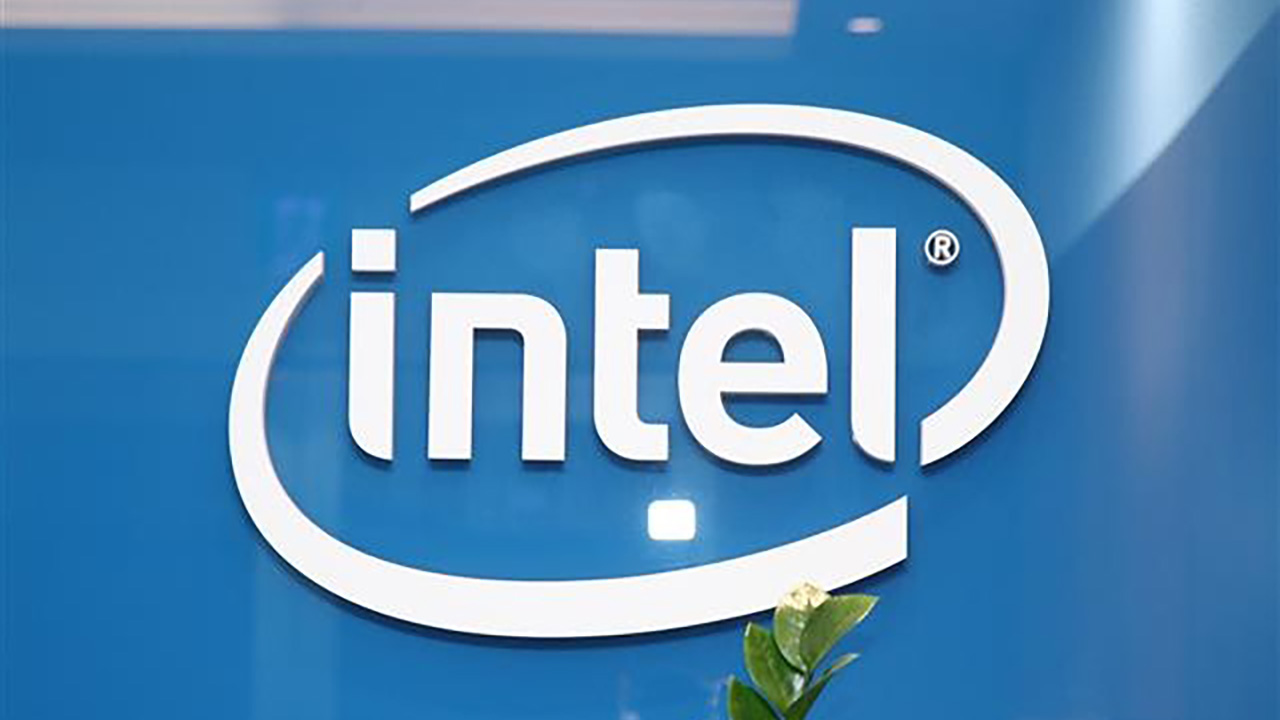The characteristics of the 11th generation Intel Core Rocket Lake CPUs
Source: HW Upgrade added 21st Dec 2020
We collect the main technical characteristics of the processors Intel Core 11th Generation for Desktop Systems: Nanometer 14 products, will have a maximum of 8 cores but they will adopt new architecture
by Paolo Corsini published 21 December 2020 , at 08: 41 in the Processors channel
Intel Core Rocket Lake
The rumors of recent weeks have on several occasions provided information on the next generation of Intel processors of the Core family for systems esktop. We are talking about the proposals known by the code name of Rocket Lake-S , based on new generation architecture and characterized by some very specific technical choices.
Let’s start with the basic elements of these processors, belonging to the 11th generation Core family. They will be matched with new Intel chipset based motherboards of the series 500, matched with LGA socket 1200 identical to that adopted by Intel Core processors tenth generation now on the market and for this reason also compatible with Intel motherboards 400 now on the market (with obviously updated bios ). Maintained the dual channel DDR4 controller and the PCI controller Express, now type 4.0 , with a total of 24 lines; the integrated GPU will be based on Intel Xe architecture, allowing for a clear leap forward in performance.
These processors will continue to be built with production technology at 14 nanometers , the same as the tenth generation proposals for desktop systems now on the market, reaching a maximum of a number of cores equal to 8 against 10 touched by the Comet Lake proposals -S 10th generation now on sale.
The architecture will see the use of “Cypress Cove” cores , solutions that are the result of the back porting of production technology to 14 nanometers of the “Willow Cove” cores developed by process a 10 nanometers. The well-known nanometer 10 throughput issues that have plagued Intel in recent years therefore forced the company to maintain production at 14, re-adapting the architecture originally conceived for 10 nanometers and giving up 2 cores in the higher-end proposals.
On the other hand, the use of the “Cypress Cove” architecture has allowed to obtain a leap forward in efficiency compared to the Skylake one, although refined over the years, of the 10th generation Core processors. An increase in IPC, Instruction per Core, is expected to exceed 10% at the same clock frequency , with consumption levels that should be comparable: for the 11th processor versions generation with suffix K TDP equal to 125 Watt, with values of 65 Watt for processors with suffix F in the name as well as for standard ones without letter in the name.
The debut of these processors is expected in the first quarter 2021; we would not be surprised if Intel wanted to adopt the frame of the CES 2021 , this year in virtual format only, to announce these new CPUs.
